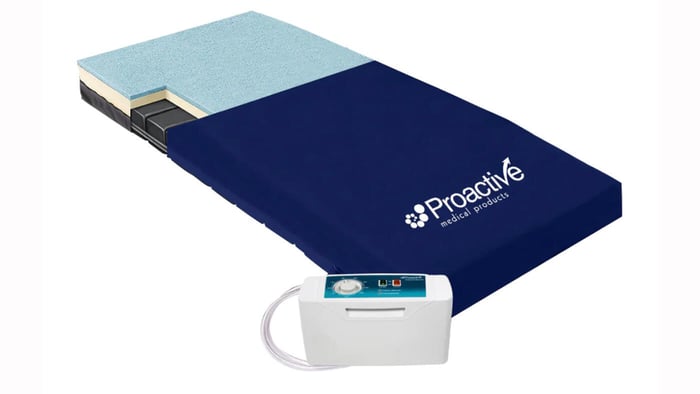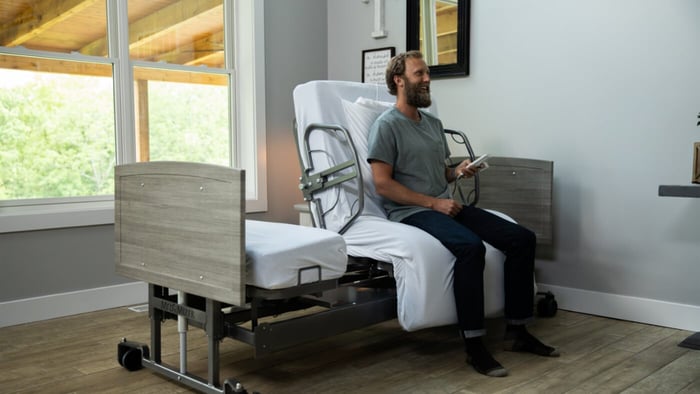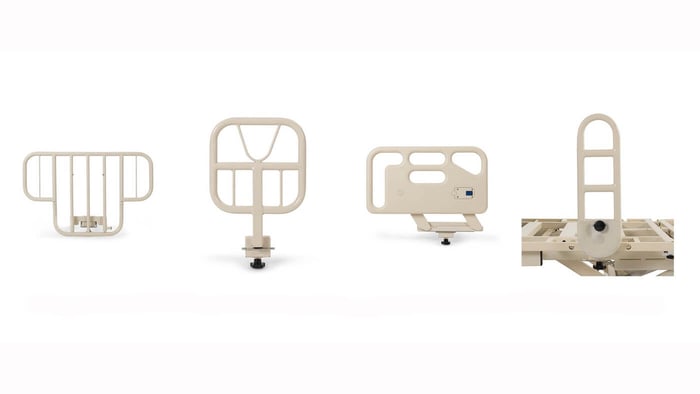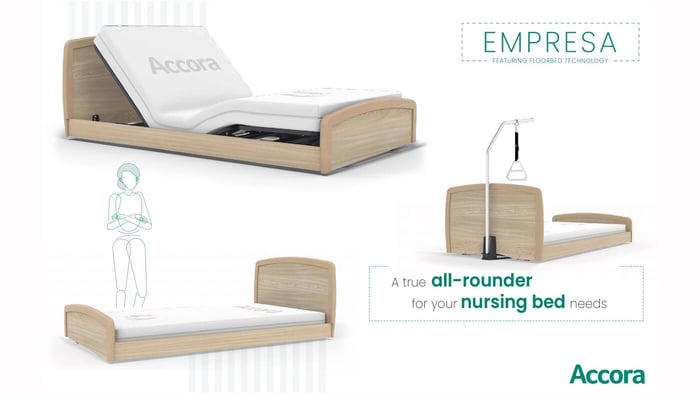A hospital bed is designed to provide patients with a comfortable and safe resting place while they recover from illness or injury. Choosing the right hospital bed mattress is an important decision that can significantly impact the patient's recovery process. In this blog post, we will discuss the appropriate mattress to use on a hospital bed.
The appropriate hospital bed mattress to use on a bed is one that provides comfort and support to the patient. It should also be easy to clean and maintain, as hygiene is of utmost importance in a hospital setting. Additionally, the mattress should be able to accommodate the patient's medical condition, such as pressure ulcers or spinal injuries.
There are several types of hospital bed mattresses that are suitable for hospital beds. Let's take a closer look at each of them:
Foam Prevention Mattress: Foam prevention mattresses are made of high-density foam and are known for their ability to distribute weight evenly. They provide excellent support to the patient's body and help reduce pressure on sensitive areas such as the hips and shoulders. Foam mattresses are also easy to clean and maintain, making them a popular choice in hospital settings.
Alternating Pressure Mattress: An alternating pressure mattress is designed to reduce pressure on the patient's body by alternating the pressure in different air cells. This type of mattress is recommended for patients who are at high risk of developing pressure ulcers. It can also be used to treat existing pressure ulcers by providing continuous pressure relief.
Low Air Loss Mattress: A low air loss mattress is designed to provide pressure relief while also promoting air circulation. This type of mattress is made of multiple air cells that are filled with air, and a low-pressure pump keeps the cells inflated. The cells have small holes that allow air to circulate, reducing heat and moisture buildup.
Lateral Rotation Mattress: A lateral rotation mattress is designed for lateral rotation therapy, which can help lower the risk of infection, pneumonia and other pulmonary complications in at-risk patients. Lateral Rotation cycle times from 3-95 minutes
In conclusion, choosing the appropriate hospital bed mattress for a hospital bed is crucial for the patient's comfort and recovery. Foam, air, alternating pressure, and low air loss mattresses are all suitable options, depending on the patient's needs. It is essential to consider factors such as comfort, support, hygiene, and medical conditions when selecting a mattress for a hospital bed. Consultation with a healthcare provider is recommended to determine the most appropriate mattress for each patient.





